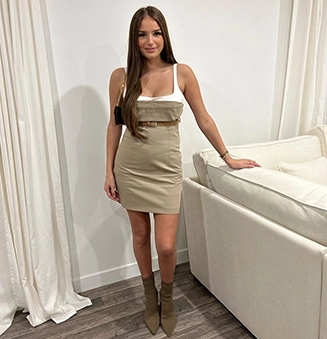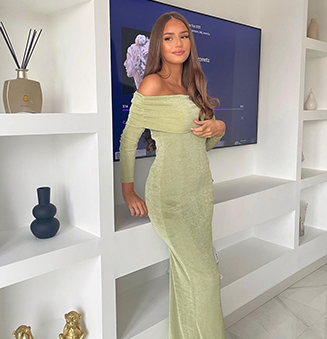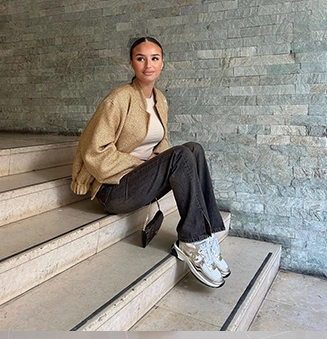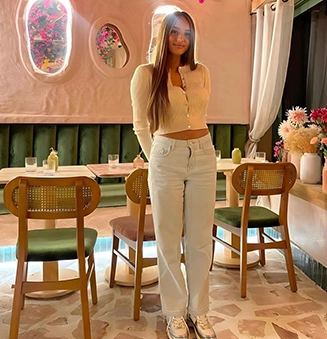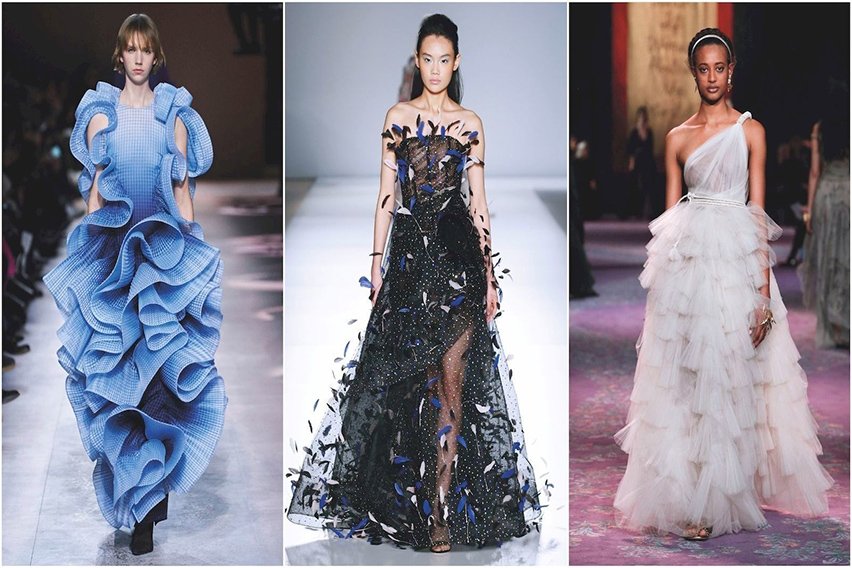
In the field of fashion, avant-garde is a testament to unbridled creativity that goes beyond conventional norms. Avant-garde fashion is a fascinating and boundary-pushing movement that challenges traditional design and introduces innovative and often provocative elements into the world of couture. In this blog we embark on a journey through the avant-garde and explore the origins, characteristics and impact of this extraordinary fashion movement that continues to redefine the boundaries of artistic expression.
The term “vanguard” has its origins in the French military and refers to the frontline troops who led the charge into battle. In the context of fashion, avant-garde emerged as a rebellion against traditional and established norms. Designers sought to break free from the constraints of mainstream fashion and radically abandoned conventional styles and materials.

Avant-garde fashion is characterized by its commitment to pushing the boundaries of what is considered wearable art. Unconventional silhouettes, experimental materials and innovative construction techniques define avant-garde pieces. These designs often challenge societal expectations and cause viewers to question preconceived notions of fashion and beauty.
In contrast to mainstream fashion, which often focuses on functionality, avant-garde fashion places great emphasis on artistic expression. Avant-garde pieces are considered wearable art, with designers using the human body as a canvas to showcase their creative vision. The result is a collection of garments that challenge the traditional purpose of clothing and elevate it into the realm of art.
Several designers played crucial roles in shaping the avant-garde movement. Visionaries like Alexander McQueen, Rei Kawakubo of Comme des Garçons and Iris van Herpen are known for their avant-garde creations that push the boundaries of fashion. These designers have become icons of the avant-garde world and are known for their ability to combine fashion and art.
Avant-garde influences have permeated haute couture, particularly in the realm of haute couture and runway presentations. Couturiers often use avant-garde elements in their collections to demonstrate their creative abilities and set trends that impact mainstream fashion. Runway shows become immersive experiences where fashion goes beyond just clothing and transforms into a visually captivating performance.

Avant-garde fashion is synonymous with material innovation. Designers experiment with unconventional fabrics, incorporating everything from recycled materials to cutting-edge technological advances. This commitment to exploring materials not only defines the aesthetic of avant-garde fashion, but also contributes to sustainable practices within the industry.
Surrealism and fantasy play a significant role in avant-garde fashion. Designers often draw inspiration from dreams, mythologies and abstract concepts, giving their creations an otherworldly appeal. Avant-garde pieces take the viewer into a realm where fashion transcends reality and invite them to explore the limits of imagination.
The avant-garde influence has expanded beyond the runways and haute couture ateliers to streetwear. Streetwear brands and designers incorporate avant-garde elements and blur the lines between subcultures and mainstream fashion. This fusion results in a dynamic and accessible expression of avant-garde aesthetics that resonates with a diverse audience.
Avant-garde fashion is not just limited to garments; it also extends to fashion photography. Renowned photographers such as Tim Walker and Nick Knight collaborate with avant-garde designers to capture the essence of innovation and creativity. The resulting images are often surreal and push the boundaries of conventional fashion photography.
Avant-garde fashion was at the forefront of challenging traditional gender norms in clothing. Designers explore androgynous silhouettes, unconventional cuts and a rejection of gendered aesthetics. This fluid approach to gender in fashion is consistent with the avant-garde movement’s overarching theme of breaking free from societal expectations.
Avant-garde fashion shows go beyond the traditional catwalk format and evolve into immersive art installations. Designers collaborate with artists, architects and set designers to create environments that complement and enhance the avant-garde collections. These shows become sensory experiences that captivate audiences beyond the clothing items.
The avant-garde movement continues to have a profound influence on mainstream fashion. Elements of avant-garde design such as asymmetry, deconstruction and unconventional materials often inspire ready-to-wear collections. Although not every avant-garde piece translates directly to everyday clothing, its influence can be seen in the fashion industry’s continued pursuit of innovation.
